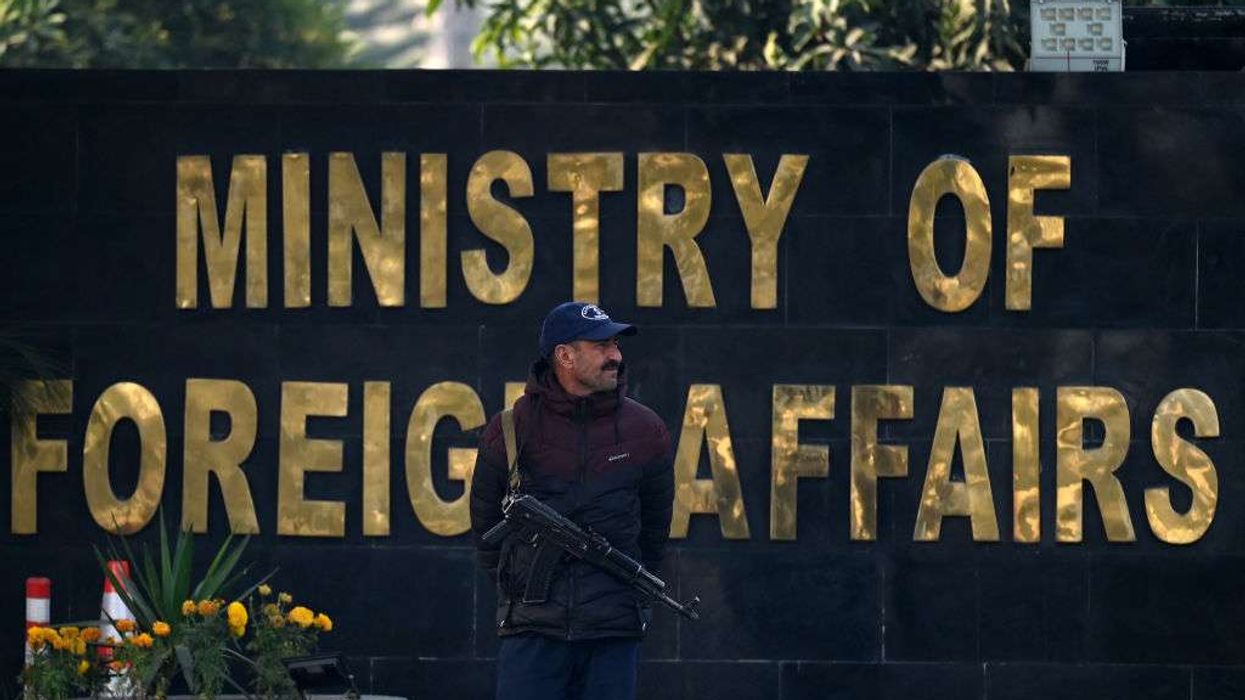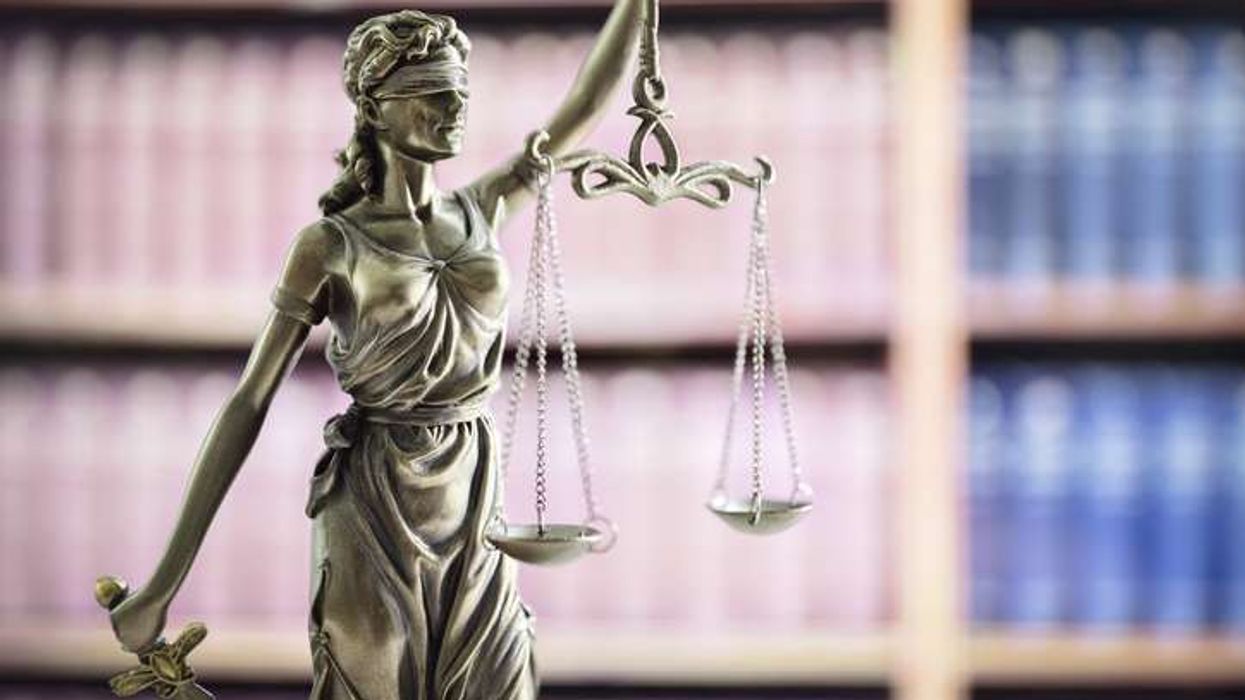MY UNCLE, who died, aged 88, in August, would have turned 89 last week.
He had been suffering from vascular dementia, but the idea of assisted dying would have horrified him. In fact, three days before he died, he told me he wanted to have a big party when he returned from hospital. He did go home for 24 hours, but deteriorated so sharply overnight he had to be rushed back to hospital, with me in the ambulance alongside him.
Among British Asians, there hasn’t been much of a demand I can detect for Labour MP Kim Leadbeater’s terminally ill adults (end of life) bill for England and Wales. Scotland is also considering a change in the law.
We have all heard the emotional arguments, both for and against such a bill. Who can fail to be moved?
At present, laws across the UK prevent people from asking for medical help to die. If the bill becomes law, it would give people, in certain circumstances, the right to die at a time of their choosing. Invariably, there will be abuses, possibly where substantial inheritances are at stake.
I tried to look up the Hindu view on euthanasia and suicide. Most would say that assisting death brings bad karma, because it violates the non-violence principle. But there are accepted Hindu ways to bring about death.
Most Hindus would say that “a doctor should not accept a patient’s request for euthanasia since this will cause the soul and body to be separated at an unnatural time. The result will damage the karma of both doctor and patient.
“Hindus believe in the reincarnation of the soul (or atma) through many lives – not necessarily all human. The ultimate aim of life is to achieve moksha, liberation from the cycle of death and rebirth.
“A soul’s next life is decided by karma, as the consequence of its own good or bad actions in previous lives. The karma somehow represents the net worth of the soul’s good and bad actions. A soul cannot achieve moksha without good karma.
“Killing (euthanasia, murder, suicide) interferes with the killed soul’s progress towards liberation. When the soul is reincarnated in another physical body, it will suffer as it did before because the same karma is still present.”
For the time being, it seems best not to change the law.
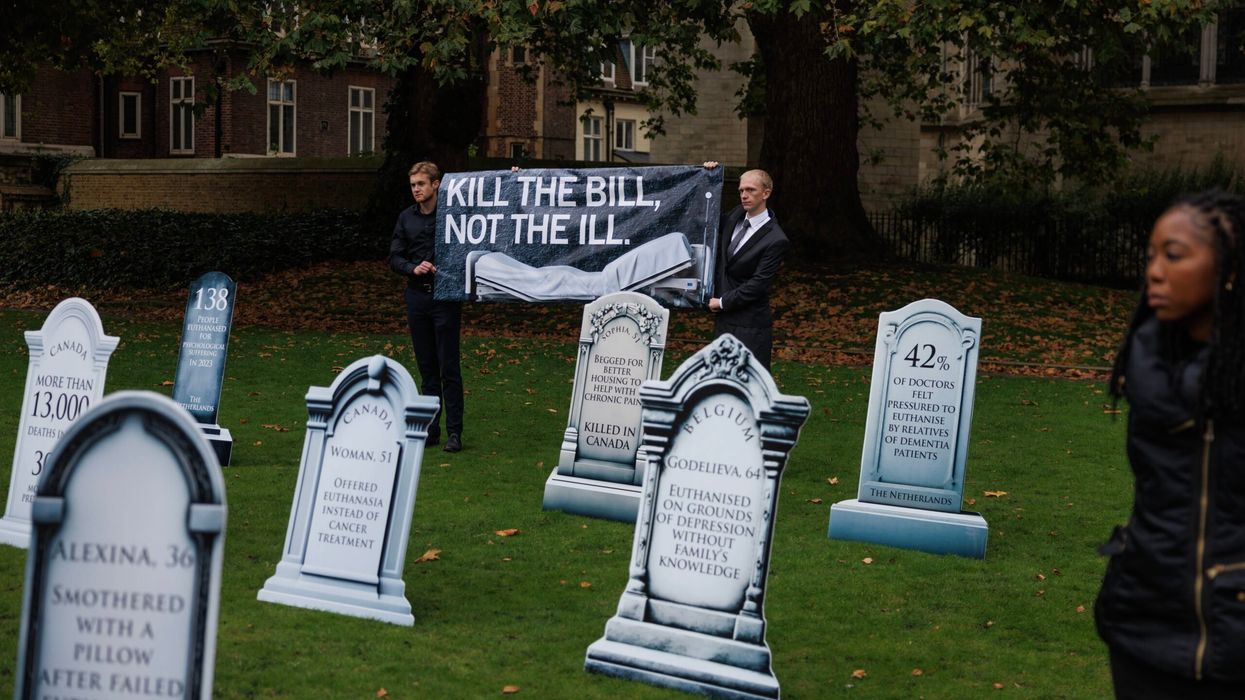
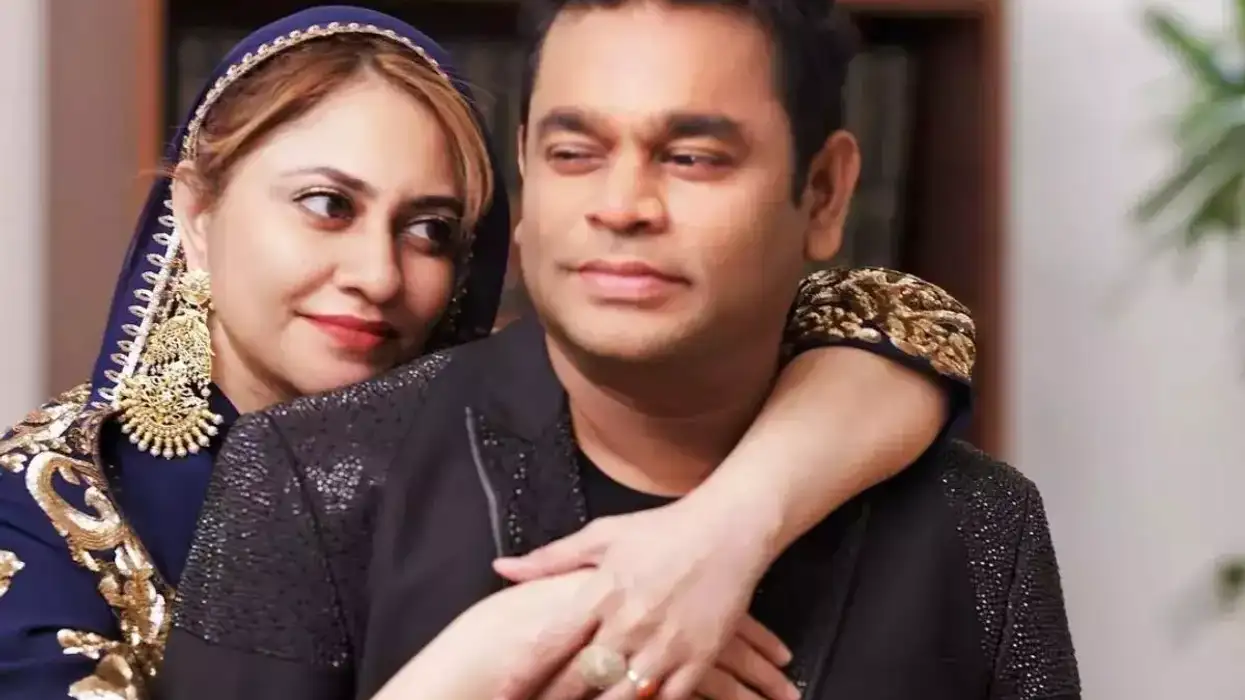
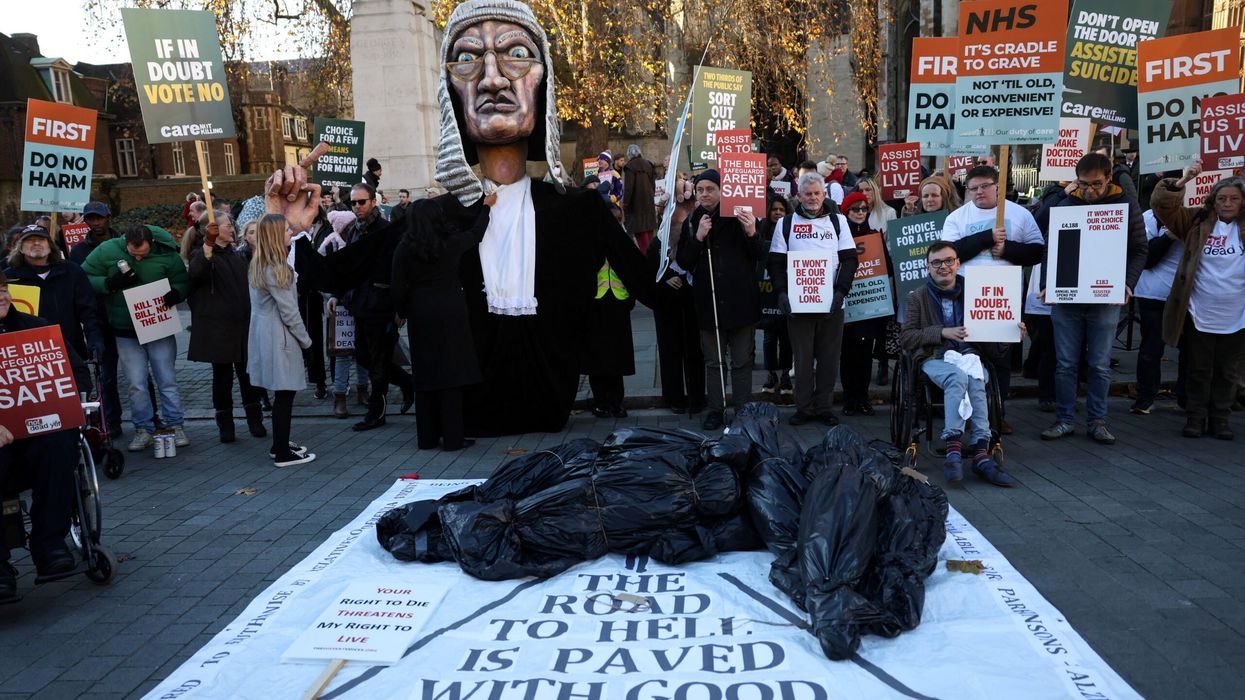
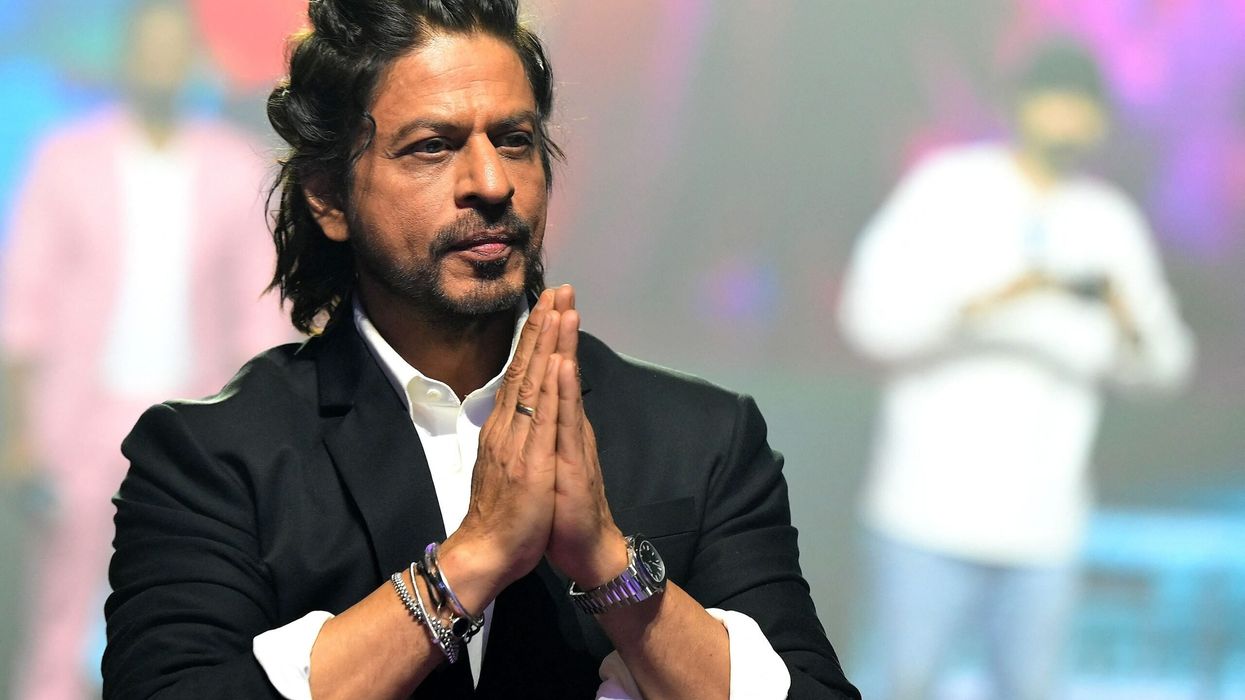


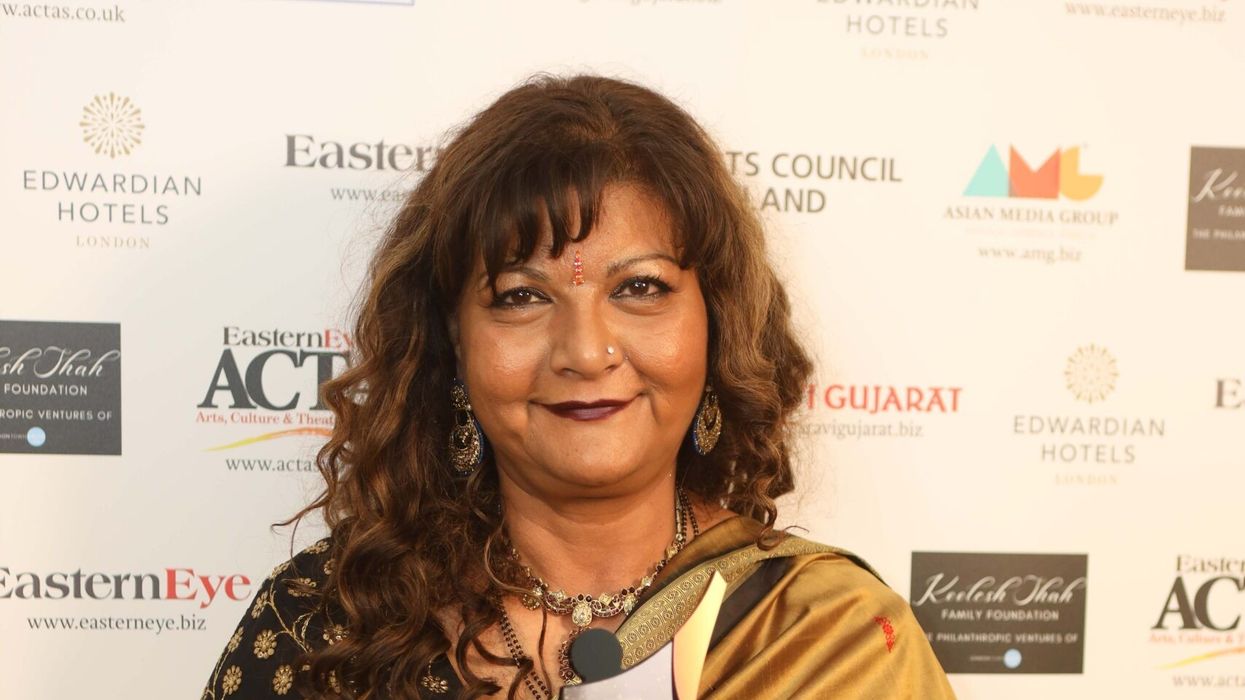 Tanika Gupta
Tanika Gupta 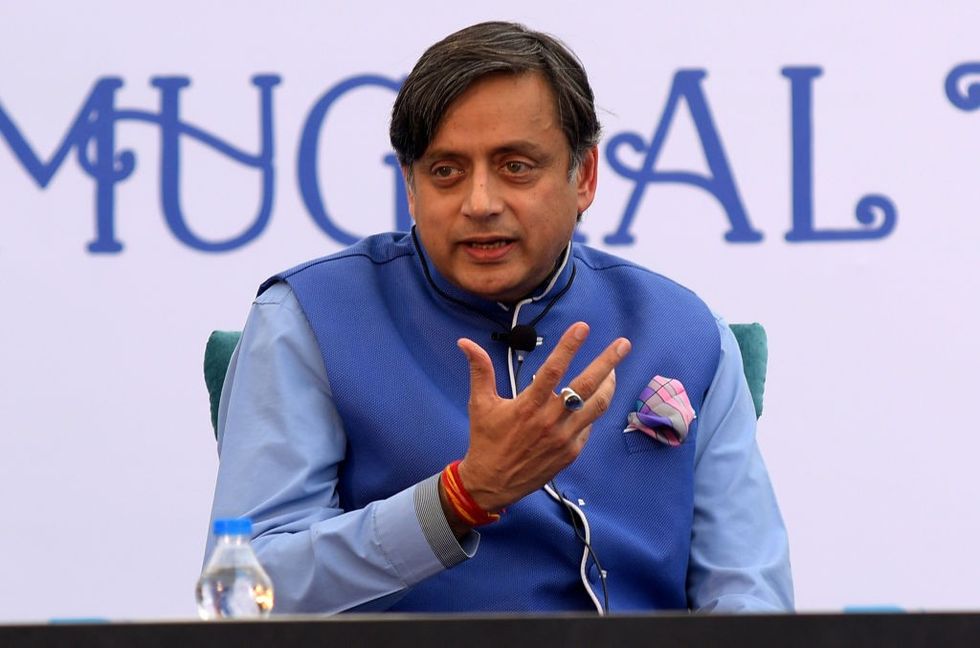 Shashi Tharoor AFP via Getty Images
Shashi Tharoor AFP via Getty Images 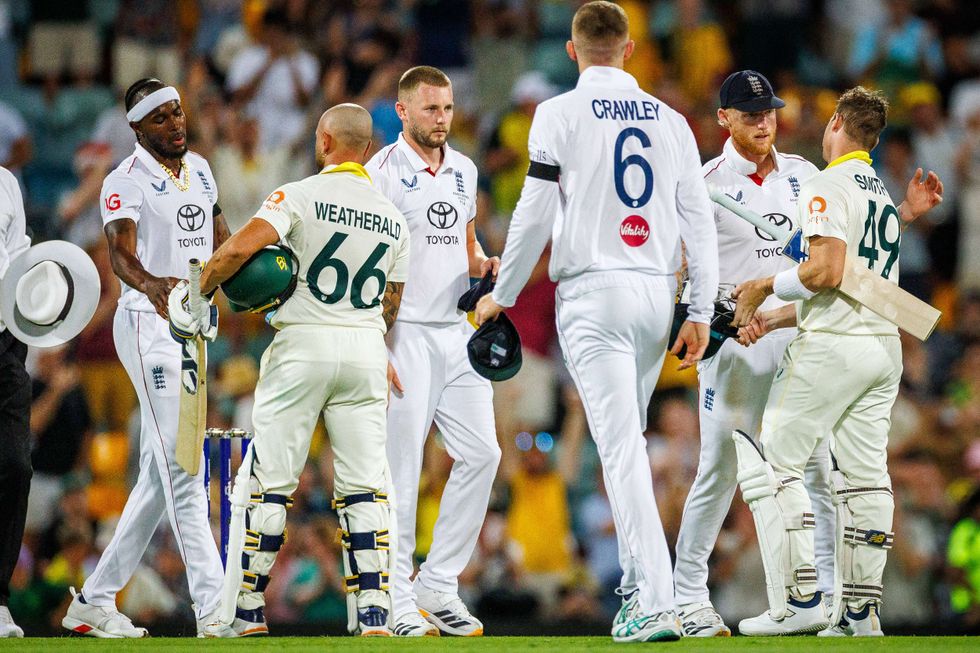 English cricket writers are distraught that in the current “Ashes” series against Australia down under Getty Images
English cricket writers are distraught that in the current “Ashes” series against Australia down under Getty Images 



